There are several key stages to follow throughout the software development life cycle. The SDLC serves as an organized framework that guides development teams towards top-quality application release – in the most cost-efficient, optimal, and productive manner. Programming agencies of every size embrace these mission-critical phases to ensure success on intensive software projects. As an application engineer yourself, you should know what’s involved in the most prominent stages of the software design, development, deployment, and distribution life cycle. This way, you can begin optimizing every aspect of the software process. Read on to learn about the essential stages of the software development life cycle explained.
Feasibility Analysis
Traditionally, the software development life cycle begins with a feasibility analysis or study. During this stage, you’ll examine the realistic potential of achieving your project goals, deadline forecasts, and budget expectations. Start by reviewing economic feasibility. Think about if your company has enough capital and financial resources to handle the end-to-end development project. Next, conduct a brief study on legal feasibility. This should mainly focus on third-party software usage, license compliance, and governance regulations. If everything looks okay, wrap up this stage with a review on technical, schedule, and operational feasibility. These checks emphasize how the programming project will fit into your existing workflow and daily operations. Certainly, kickstart the software development lifecycle with a feasibility analysis.
Tech Stack Configuration
After a successful feasibility analysis, the next prominent SDLC stage focuses on tech stack configuration. During this stage, gather all the development tools, programming resources, and supporting technologies you need to bring your project to life. Choose powerful solutions that give you the ability to operate on any public or private cloud environment. For example, market-leading solutions from the JFrog Platform meet Cloud native DevOps standards – so they can confidently hardness the rapidly-growing commodification of this advanced service. These innovative resources enable a binaries-focused formula for success with DevOps. Surely, tech stack configuration is a second mission-critical stage of the software development life cycle (SDLC).
Software Application Design
The next major software development lifecycle stage is all about designing, modeling, and prototyping the application. Begin this stage by writing a detailed software design specification plan. Be sure to involve fellow developers, coders, project managers, and external stakeholders during this process. Oftentimes, they can offer up invaluable feedback, suggestions, and recommendations. If you do receive any critiques from stakeholders during design, do your best to incorporate their ideas. Sometimes, you may even want to prepare a separate stakeholder input document. Indeed, application design is an unavoidable stage you’ll encounter during your average software development lifecycle.
Coding And Implementation
The fourth SDLC stage is all about coding, development, and implementation. This is where the programming team will diligently work to write the software’s code in the chosen programming language. During this stage, responsibilities are divided into measurable sprints – which help to break up and organize the project. After all, this tends to be the most time-consuming, frustrating, and overwhelming aspect of the end-to-end development lifecycle. To accelerate success, follow rigid coding standards, guidelines, and benchmarks. Also, dedicate time to regularly inspect, test, and review written code for any errors.
Deployment, Release, And Distribution
After some quality assurance (QA) testing, you are ready to deploy, release, and distribute your software application. During this SDLC stage, the software is released into a live production environment. From here, it can start being downloaded, installed, accessed, and utilized by your targeted user base. Sometimes, companies begin with a “soft launch.” This is where a limited version of your application is deployed into a beta environment. Then, a small, loyal user base can begin to interact with your product – before it’s released into the wild. A few months after beta production, you are ready to roll-out your software to a larger user base. Absolutely, one of the final software development life cycle stages is focused on deploying, releasing, and distributing your application.
There are several key stages to explore in the software development life cycle. Kickstart your SDLC with a financial, legal, operational, and technical feasibility analysis. Next, configure your tech stack with the latest development tools and programming resources. Look for advanced solutions that improve developer productivity without sacrificing quality. At this point, it is time to start designing the actual application. Try your best to involve fellow team members, project leads, external stakeholders, and potential end users during this stage. From here, you are ready to start developing and coding the software application. With the project fully-developed, it is officially time for deployment, release, and distribution. Follow the points above to learn about the essential stages of the software development life cycle explained.











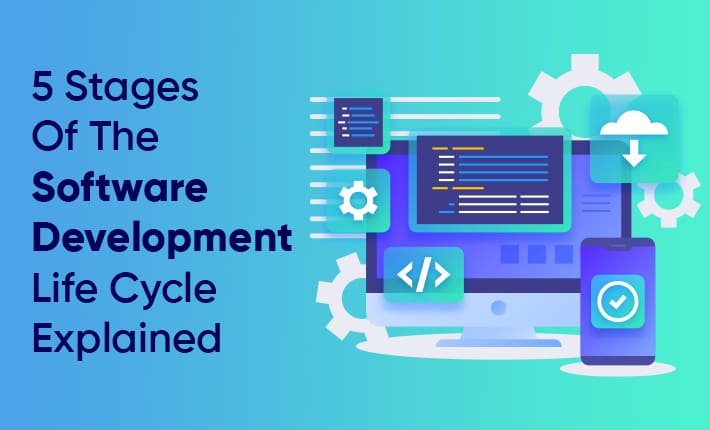
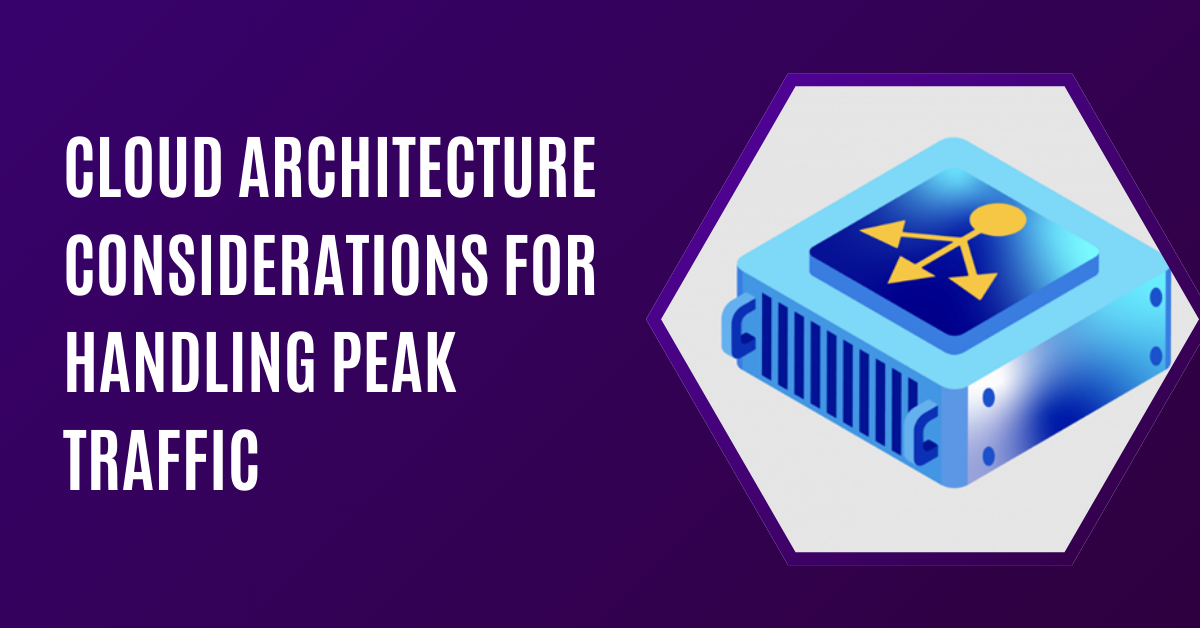
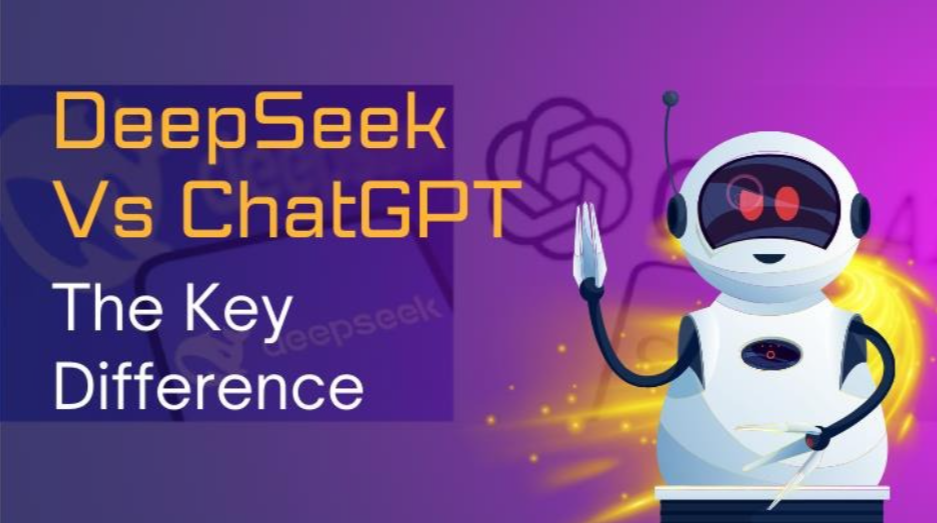
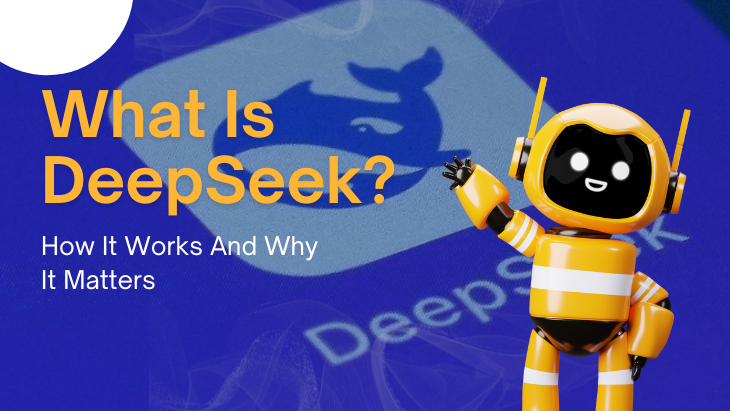
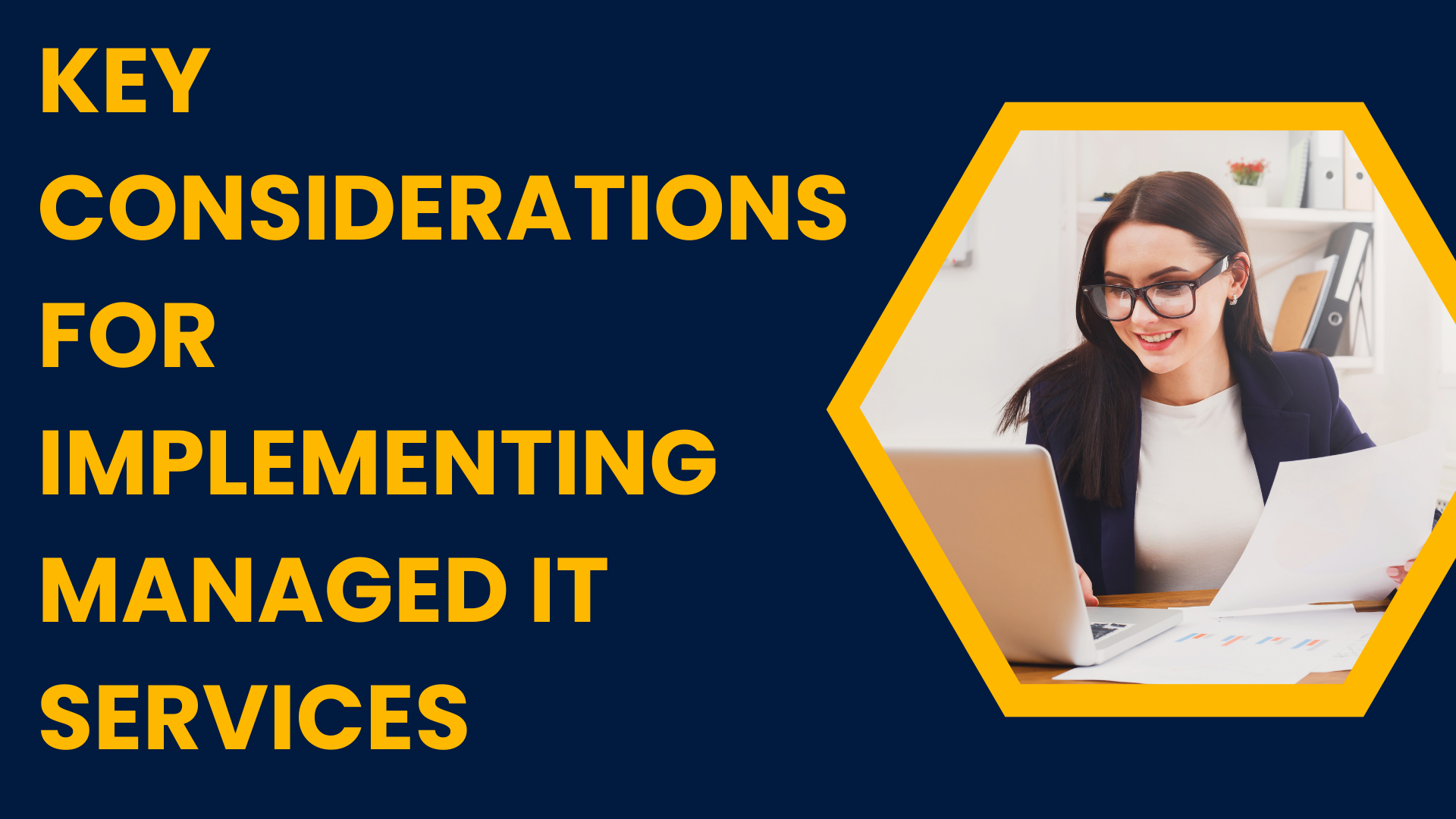

Post Comments